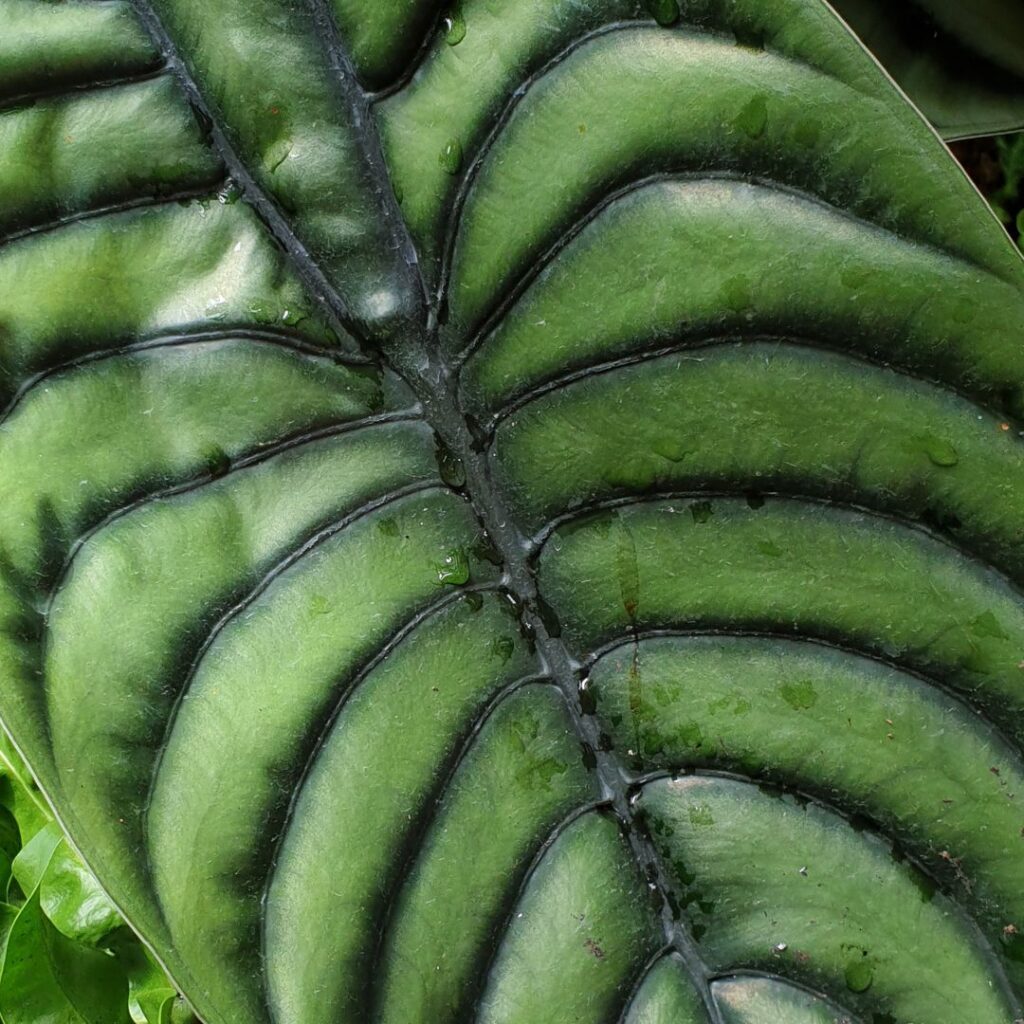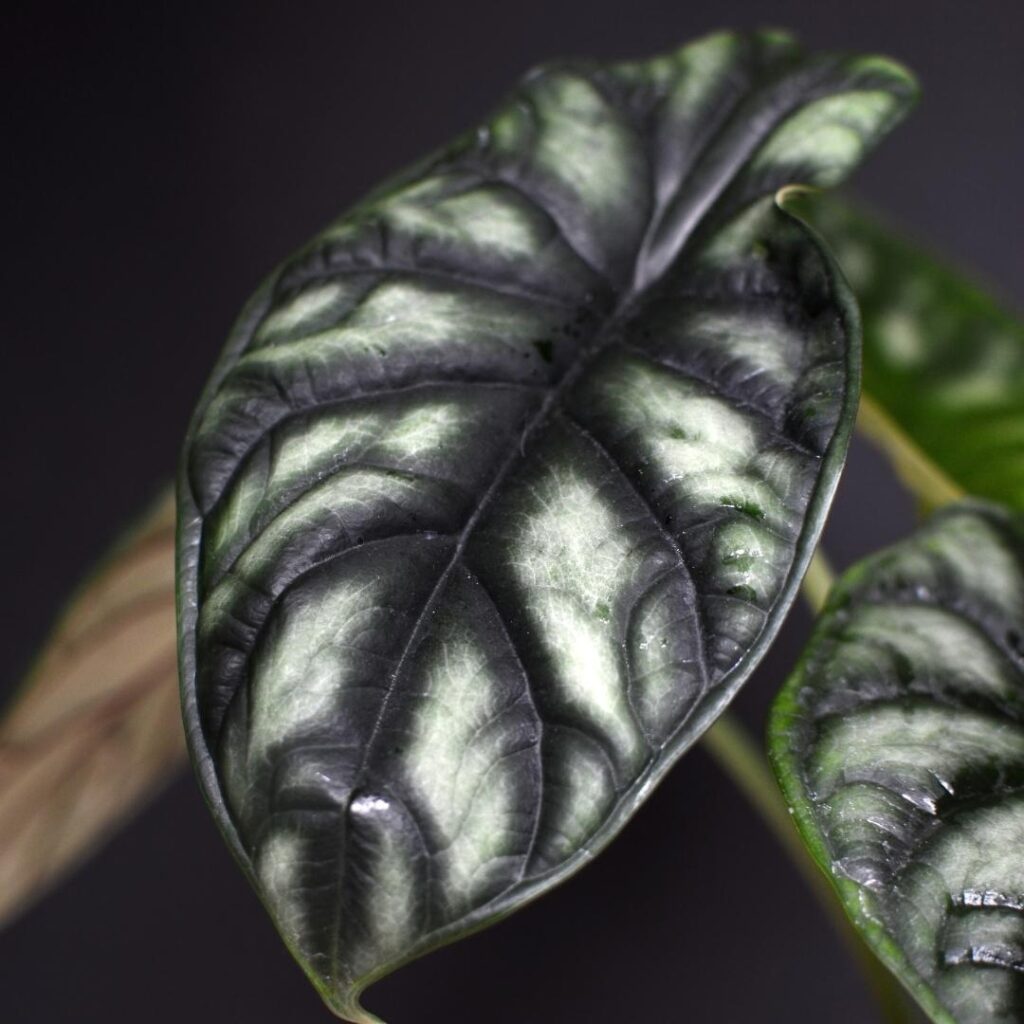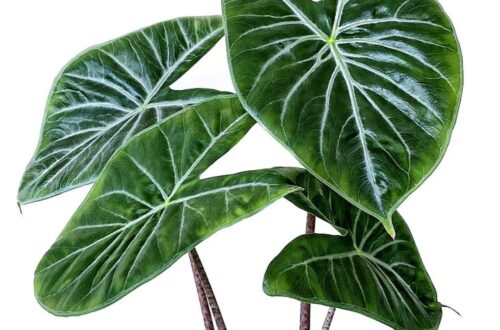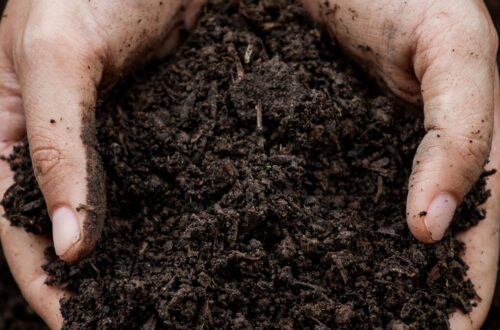
Alocasia Cuprea Care
Welcome to our guide to alocasia cuprea care and propagation. They key is to keep it in a good chunky medium, keep it humid and don’t overwater it. We cover all you need to know…
Alocasia Cuprea Care Summary
| Light needs: | Medium to bright indirect sunlight. |
| Watering needs: | Water when the top 40% of soil is dry, check it weekly. |
| Fertilizer: | A well diluted balanced feed once a month in summer. |
| Soil: | A mix of potting compost, perlite, orchid bark. |
| Humidity: | 60%-80%. |
| Temperature: | 18-25ºC (64-77ºF). |
| Where to buy: | Try our list of Rare Plant Shops or Etsy. |
| Common issues: | Leaf crisping and browning due to low humidity or underwatering. |
Introduction
The alocasia cuprea is from Borneo, and has dark shiny red, almost copper color to its glossy ribbed leaves, it is a real stand out show stopper!
See also: Alocasia Wentii, Alocasia Lauterbachiana, Alocasia Calidora, Alocasia Ivory Coast, Alocasia Longiloba, Alocasia Maharani, Alocasia Regal Shields, Alocasia Sarian, Alocasia Silver Dragon.
Tip: we recommend Etsy for buying plants. Look for the best rated seller you can, and try to buy as close to your home as possible so the plant does not travel too far.
A note about affiliate links: when you buy a plant, pots, soil, or other goods through links on this article we sometimes earn a commission. It doesn’t cost you anything, but it really helps us out if you do use them. Thanks a lot! An example of this is if you buy a plant on Etsy using this link. Read our privacy policy for more information. Thanks again.
Light Needs
Medium to bright indirect sunlight is ideal. They must not get direct sunlight though, you want to get the best out of those leaves and not burn them.
How Often to Water An Alocasia Cuprea
Check the soil with your finger each week and water when the top 40% of soil is dry. They don’t want to be over or underwatered, so check them regularly but don’t water if not needed. The soil should not be dry nor water logged, try to keep it moist.
Fertilizer
Use a well diluted balanced feed once a month in summer. You do not need to feed in winter. Use a well diluted fertilizer the first few times you feed them in the season to ensure you avoid fertilizer burn.
Soil
A loose, rich, well draining soil is best. I use a third potting compost with third perlite, third orchid bark. For more on which soil to buy or how to make your own see our guide: Alocasia Soil.
Tip: they like a well-draining soil. Before watering, let the soil get dry most of the way down, don’t be tempted to over water it but keep it moist.
When To Repot An Alocasia Cuprea
Repot it when it outgrows its current pot. It may not need it every year, but keep an eye on it in Spring and give it some root space if it needs it.
Humidity
An alocasia cuprea will thank you for high humidity levels. 60%-80% is best or you can get issues like leaf crisping and dryness. These are great with a humidifier or closed plant cabinet where you can up the humidity a lot.
Tip: Keep them humid, at least 60% in the day and they’ll be ok with a bit less at night. You can buy a humidity meter (affiliate link) to keep an eye on maximum and minimum levels.
Temperature
18-25ºC (64-77ºF) is an ideal daytime temperature to promote growth. Try to keep them above 10ºC (50ºF) at night or in the winter. Most homes are in this range anyway, a bit above and below this range is fine, but just be careful of cold drafts.
How To Propagate Alocasia Cuprea
You propagate an alocasia cuprea by dividing off smaller baby plants that appear at the base. They grow slowly so you need to be patient and wait until the plant is big enough to split, give it the best care you can to encourage growth. You need to take the plant out of it’s pot and separate them carefully so you keep as much of the roots intact as possible and then pot them up separately in their own pots.
Alocasia Cuprea USDA Zone
Zones 10-11.
Tip: don’t worry if a leaf dies back, it is fairly normal for a leaf to die back when a new ones grows as the plant can’t always support more leaves, especially when juvenile
Why Is My Alocasia Dripping Water?
This is a normal process called guttation, where the plant release water from its leaves. It happens a lot with alocasias, especially when they’ve been watered, recently and they can drip on to the floor from their leaves.
Alocasia Cuprea Price
At the time of writing they go for 20 euros on Etsy for a very small one and up to 50 or 60 euros for a bigger plant. In North America they go for 25-55 USD.
Alocasia Cuprea Variegata Pink
I have never seen a variegated cuprea for sale, the ones that have come up on Instagram I believe are freak variegations and therefore unstable. They look great, but the variegation may not be stable enough to propagate and sell them. If you have one, please get in contact and let us know more about it.
Where To Buy
Try our list of Rare Plant Shops. Or Etsy.

Alocasia Cuprea Care Summary FAQs and Common Problems
Problems with an alocasia cuprea will show on the leaves. Crisping and brown dry leaves is fairly common due to lower humidity or underwatering, so get a humidity meter and keep an eye on it. Check the plant regularly to see if it needs watering too.
Alocasia Cuprea Vs Red Secret
The alocasia cuprea ‘red secret’ is a cultivar of the cuprea, but has a reddish hue to its leaves.
Alocasia Cuprea Vs Azlanii
The cuprea has a pinkish hue to it, and more symmetrical ribbing to it’s leaves. For more on these plants see our guide here: Alocasia Azlanii.
Alocasia Cuprea Vs Dragon Scale
These plants can be told apart as the cuprea has a red hue to it and the dragon scale is green leaved.
Alocasia Cuprea Leaves Facing Down
A common issue with the cuprea is their leaves drooping and falling down so much that they face the floor. This is due to either too much water or too much light. These are easy to remedy. Make sure you do not over water it and consider moving it back from the window / grow light.
How Fast Does Alocasia Cuprea Grow?
They are very slow growing, they sometimes only grow a few inches or centimeters each year.
Are They Toxic To Cats?
They are mildly to moderately toxic to cats if eaten, so seek vets advice if you pet consumes any.
Additional Resources
Buy: we recommend a digital thermometer hygrometer (amazon affiliate link) to measure humidity.
Links:
- More info on the Wikipedia page.
- More info on the Kew Gardens plant page.
- More info on the RHS plant page.
Other Articles You Might Like
Hope you liked our article, you might also like these articles: Alocasia Reginula a.k.a. Alocasia Black Velvet, Philodendron Rio, Philodendron Spiritus Sancti, Propagating Peperomia, Philodendron Sodiroi, Scindapsus Treubii Moonlight, Philodendron Gabby, Philodendron Verrucosum, Anthurium Magnificum.
Please follow us on Instagram and Pinterest for regular plant updates and occasional plant giveaways.





